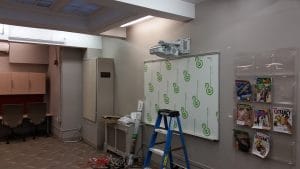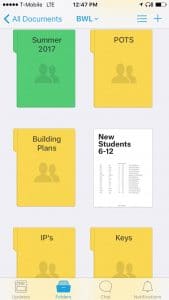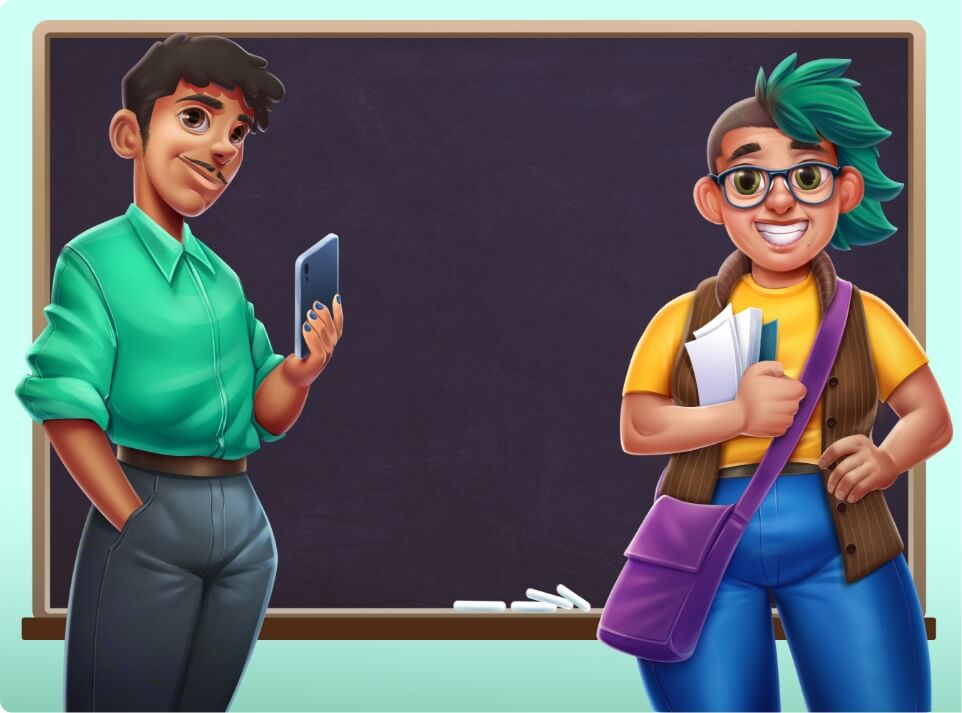Tech Tips For Tech Integrators
Kathleen Rodriguez is a technology coordinator/integrator at The Birch Wathen Lenox School located at New York City’s Upper East Side. She’s a NYU Steinhardt Alumni, earning her M.A. in Digital Media Design for Learning with a concentration in Games for Learning. She has a background in education, specifically Bilingual Childhood Education (Spanish/English). Click here to see Kathleen’s full bio.
It’s crazy to think that we are a few weeks away from the first day of school. Although summer vacation is still in motion, the month of August plays a crucial role for not only educators and school administrators, but for those of us who specialize in educational technology. Although prepping for the new school year can definitely be a stressful and overwhelming process, getting a head start in all things school related ( lesson plans, parent letters, new policies, etc.) will only make the process more doable and overall, more meaningful. As a technology coordinator in a K-12 environment, it is essential to always be several steps ahead and to constantly be thinking of new ways of getting the entire school community up and running. In this blog, I will be sharing with you my top back to school tips for educators, school administrators, and/or technology specialists, like me, who aspire to be technologically ready for the new school year.
1) Setting up new students/ faculty/ parent logins
Every summer, the first thing on my priority list is to generate a list of our school’s newcomers (students, faculty, parents) and add them to our database. This comes with making sure that all new students, teachers, administrators, and parents have their school accounts (usernames and passwords) set up for the new year. These accounts can be easily shared through email, a parent letter, and/or your back to school professional development sessions.
2) Preparing for back-to school professional development sessions
A week before the first day of school, teachers and administrators are invited to take part in faculty meetings, classroom setup, and professional development sessions for a duration of two days. Two weeks before professional development week, I sent out an email to the entire school faculty, asking them to select three topics they would like to discuss or learn more about during our tech professional development sessions held in the library. My department and I also organize a tech intro faculty meeting where we share our summer projects, discuss new updates, and introduce new tech tools we plan to integrate with the school community.
3) Checking classrooms
Making sure that every classroom is up and running with their tech tools may be tedious, but it is an essential component to my summer work. The summer is the best time to explore every room and see which equipment is missing or needs to be replaced and/or updated. There are fewer distractions and it will save you from receiving endless phone calls regarding broken projectors, non-charged Chromebooks, etc.

Redesigning a classroom.
4) Updating school devices
Updating devices has always been a great time consumer, especially during the school year. Using summer time, particularly August, to complete software and iOS updates will not only eliminate a huge task from your to do list, but it will also help you stay organized and give you time to explore the devices’ updated features and apps.
5) Exploring/playing around with new tech tools
My favorite part of the summer is the opportunity to tackle new edtech projects and tools that can potentially be used for the new school year. It is always important to be aware of new edtech trends and finding tools and applications that accommodate new teaching and learning styles.
According to the International Society for Technology in Education (ISTE),
“Communication, critical thinking, collaboration and creativity, (The 4 C’s in Education), will be at the forefront in 2017, particularly tools and approaches that lend themselves to
(active)/collaborative learning” (ISTE, 2017). The ISTE (2017) also mentioned that “(w)ith
increased access to 1:1 devices (such as chromebooks, iPads, etc.) and schoolwide personalized learning initiatives, educators will be looking for curriculum and programs to support teaching digital citizenship skills and foster student-centered learning.”
Luckily, this summer I had the opportunity to work for Squiggle Park as a Summer Expert Teacher and learn the ins and outs of the application (learning objectives, key features, etc.). Not only was I able to play around with a new edtech tool, but I developed a great appreciation for the product, making it one of the top applications I plan to introduce to the lower school teachers and librarians at my school this year.

An example of an organization app Kathleen uses called Quip.
6) Stay organized
The key component to planning for the new school year is to be constantly organized. Some organizational tools my department and I use are Google Calendar, Google Drive, and Quip. Having a cohesive summer calendar is very helpful, especially when planning classroom visits and preparing professional development sessions. Google Drive is a classic edtech tool that can be easily used by all members of your school community (students, teachers, administrators, etc). We primarily used it to share important documents and to collaborate with one another on certain projects. Finally, Quip is a mobile organizational tool that allows us to create weekly agendas, checklists, and share key documents while on the go.
I hope these six back-to school tech tips are helpful and inspire you to use your last few weeks of summer to complete your edtech checklist. I wish you all an amazing new school year!
ISTE Connects. (2017). 11 hot edtech trends to watch. Arlington, VA.
Follow Kathleen on Twitter @edtechkat1191
Categories
comments for this post are closed

